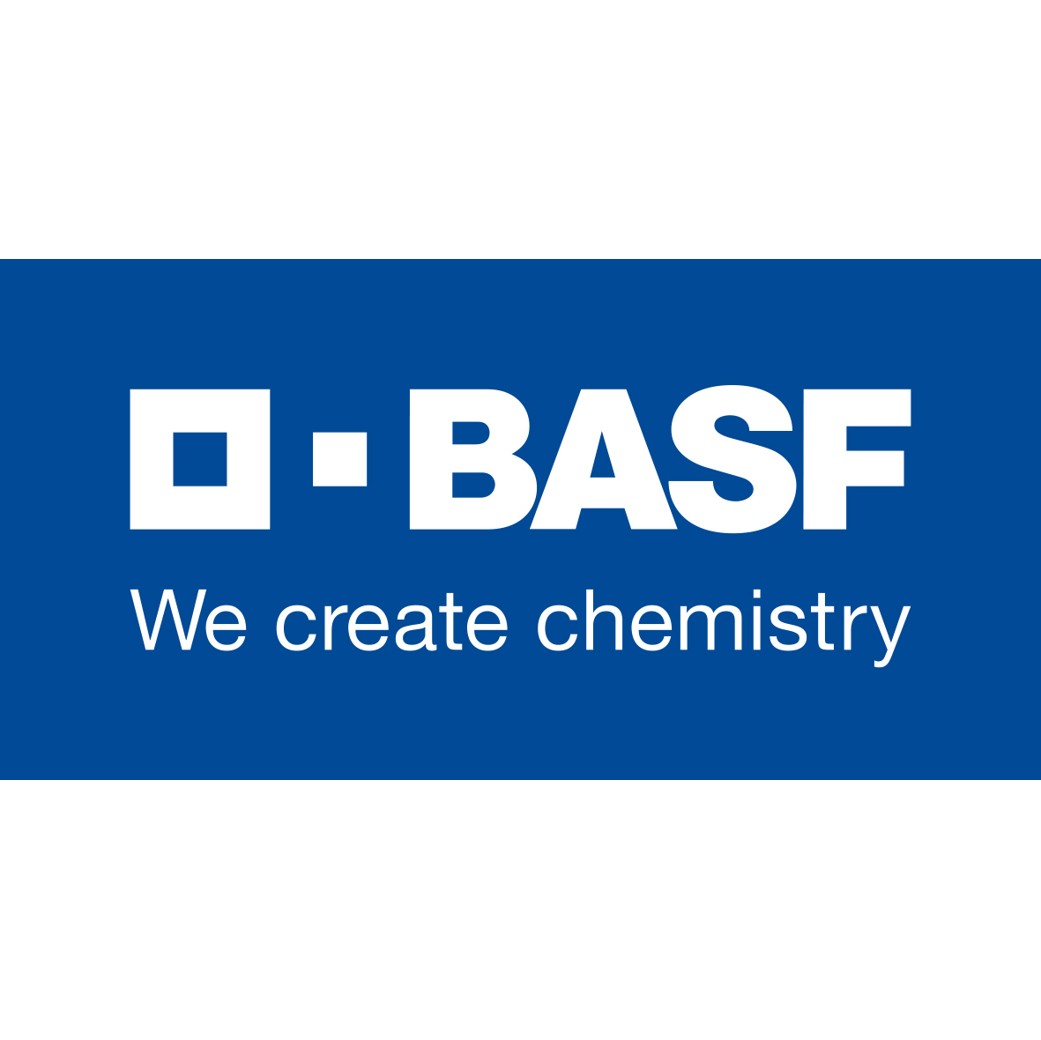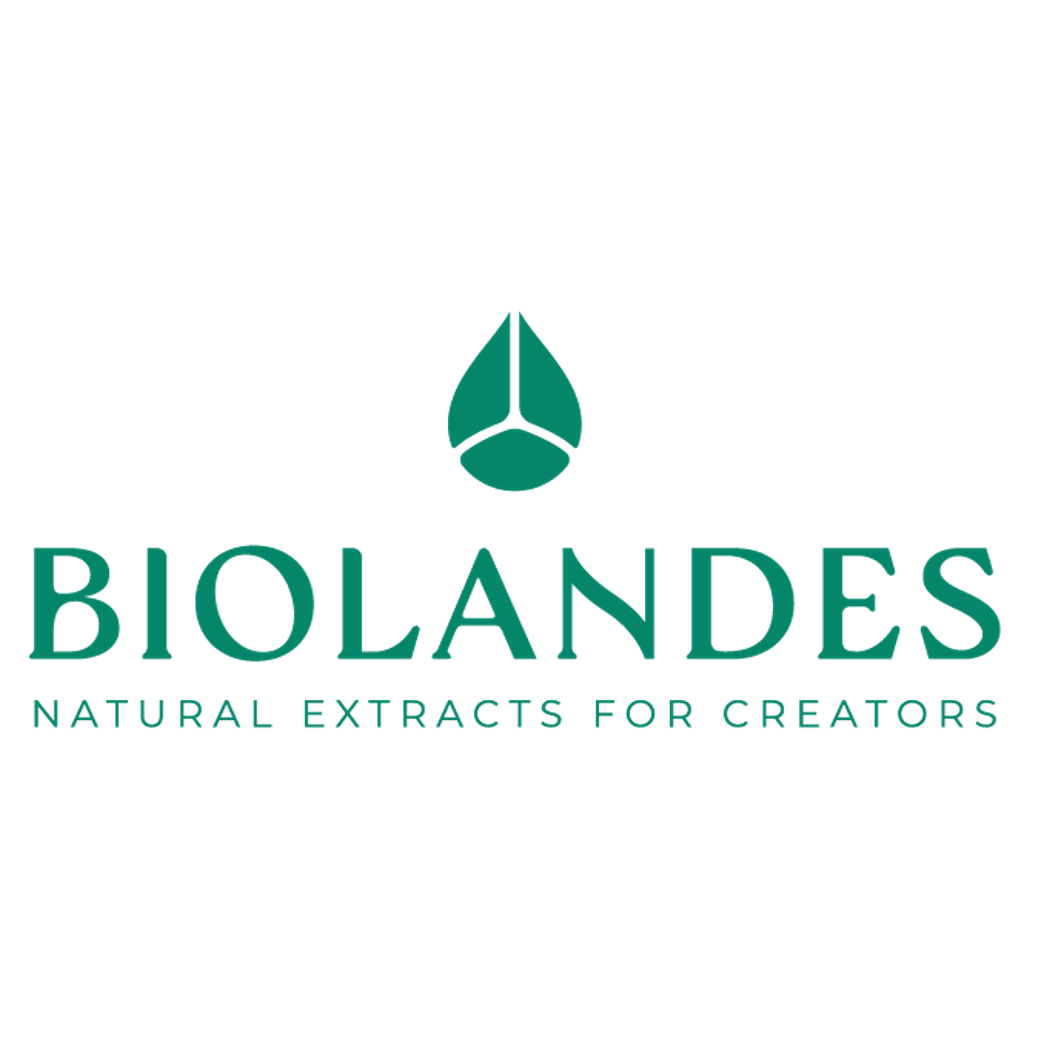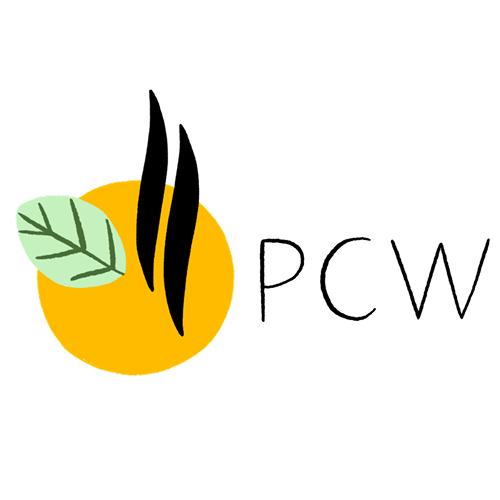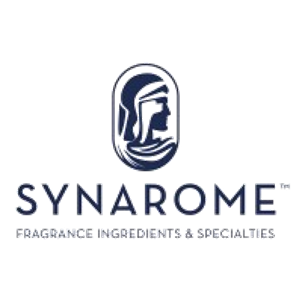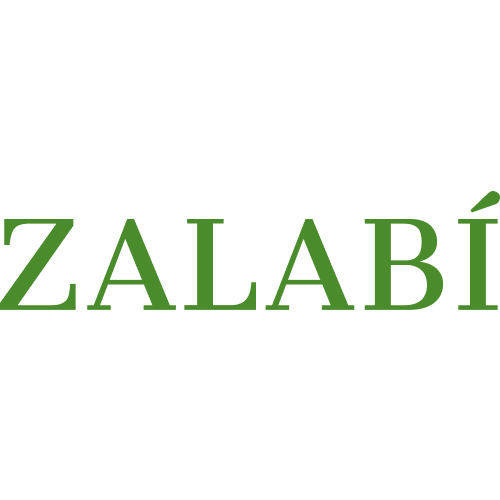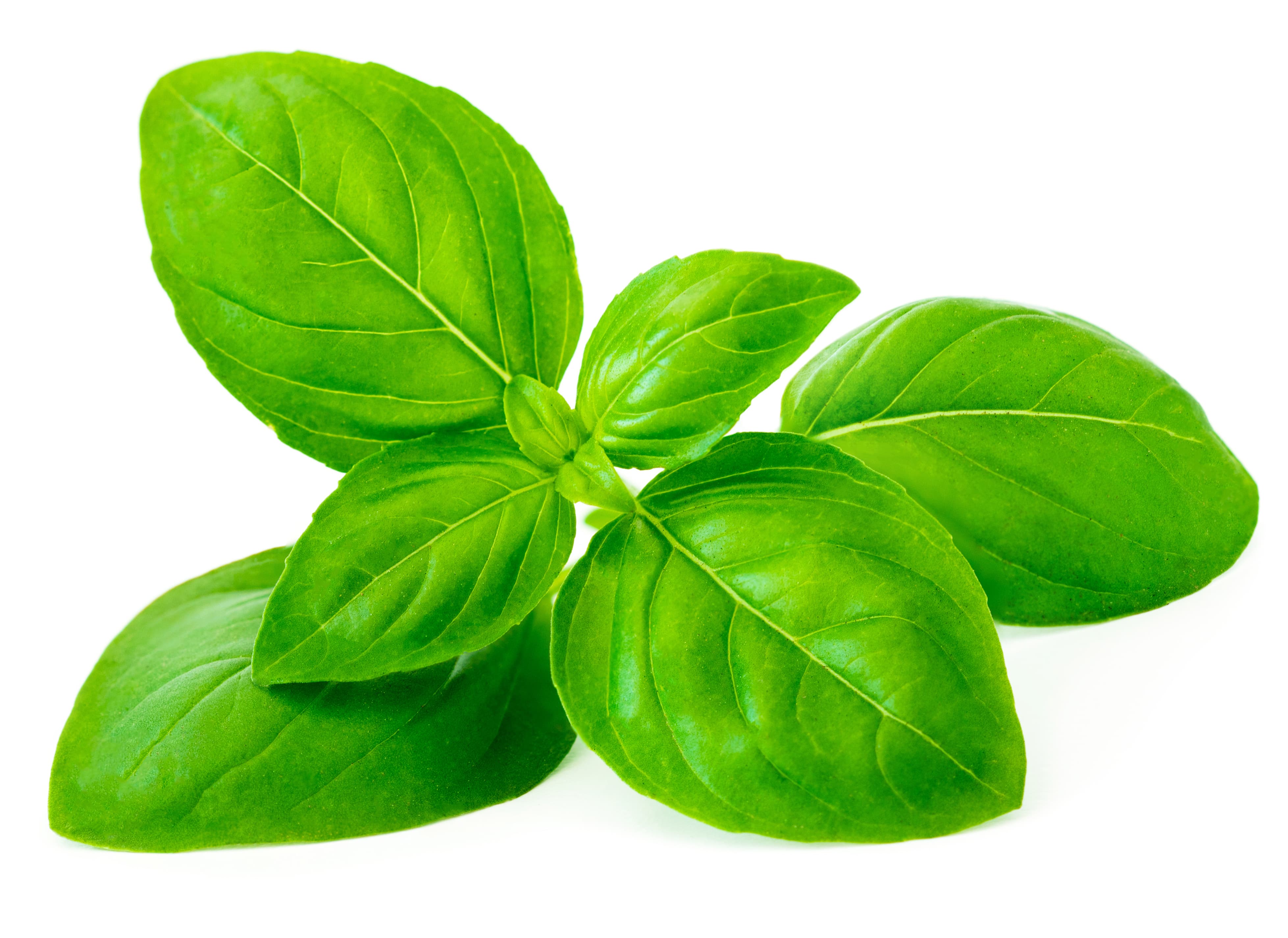| Company | Ingredient Name | ID | Comments | Naturality | Certifications | MOQ | Latin name | Treated part | Geographical origin |
|---|---|---|---|---|---|---|---|---|---|
|
|
Huile essentielle de Basilic Oriental - 30 gr | - |
Visit website
|
- | - | - | - | - | |
|
|
BASIL GREEN EGYPT EO (LINALOL) | - |
Visit website
|
- | 10 grs | - | - | - |
General Presentation
-
CAS N° :
8015-73-4 -
EINECS number :
84775-71-3 -
FEMA number :
2119
-
Volatility :
Head/Heart -
Price Range :
€€€
Physico-chemical properties
-
Appearance :
Pale yellow liquid -
Density :
0,895 - 0,920 @20°C -
Refractive Index @20°C :
Data not available. -
Optical rotation :
-
Vapor pressure :
0.150 mmHg @20°C -
Flash Point :
72°C (161.6°F) -
Acid Value :
Botanical informations
Botanical name :
basilicum
Botanical profile :
Basil belongs to the Lamiaceae family and the genus Ocimum L.
The Lamiaceae family is the most important in perfumery, notably including lavenders, basils, mints, sages, rosemaries, patchoulis, and thymes.
Chemotypes :
Around 160 species of basil are reported (Ocimum L.). These can be divided into four major groups :
Eugenol and Thymol chemotypes:
- Ocimum Gratissimum L. (from Sri-Lanka)
- Ocimum tenuifolium L. (from India - Eugenol ≤ 60% ou Estragole ≤ 85% depending on varieties)
- Ocimum Viride L. (Thymol ≈70%).
Estragole chemotypes:
- Ocimum basilicum var. basilicum so-called ''common basil ''. This variety is the most used in perfumery and is made in majority of Estragole.
Linalol chemotypes :
- Ocimum basilicum var. letuce or Ocimum basilicum var. ''grand vert ''
Citral chemotypes :
- Ocimum americanum L. (Mediterranean), so-called ''Lemon Basil ''.
Camphor chemotypes :
- Ocimum kilimandscharicum L., also cultivated as a substitute for camphor tree.
Other species : Ocimum canum L. containing a lot of Methyl cinnamate.
Extractions & Uses
Extraction process :
The basil harvest takes place from July to December. During this process, the aerial flowery part of the plant is harvested by hand, the top of the plant are dried before the steam distillation. The essential oil can be obtained through the flowers and the whole plant. Generally the treatment is done on the flowers during the first three to four years (yield of about 0.4%), then on the whole plant (yield of about 0.1%). The first distillation fraction takes about 4 hours to be collected.
Supercritical CO2 extractions also exist for this plant, as well as ''terpene-free'' extracts.
Given the large amount of terpenes in the plant, it is strongly advised to extract it as soon as possible. Too much time between harvesting and distillation would dry the plant and the resultant EO would be less representative, accompanied by a raise of the Linalool and Eugenol rates in the EO. Usually, harvesting is made during sunny days, with no rain the day before. It is made in the morning, to avoid drying of the plant.
Uses in perfumery :
Used in masculine notes, fougere, fruity chypre, in small quantity.
Stability :
The terpenes identified in this raw material can polymerize when they are oxidized
Aromatic compounds can be chromophoric and cause a coloration of the oil, especially in alkaline bases
Major Components :
- Linalool (42 - 50%)
- Estragole (15 - 25%)
- Beta-caryophyllene (< 10%)
- Alpha-pinene + Beta-pinene (≈5%)
- Eucalyptol (3%)
- Methyleugenol
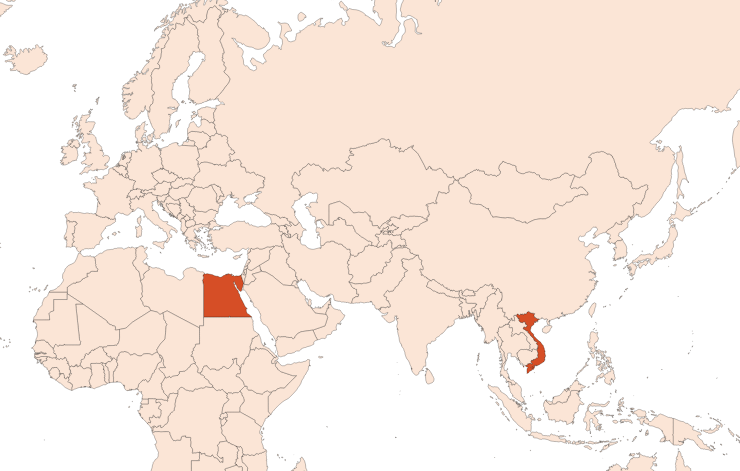
Photo credits: ScenTree SAS
IFRA
IFRA 51th :
This ingredient is not restricted for the 51th amendment





